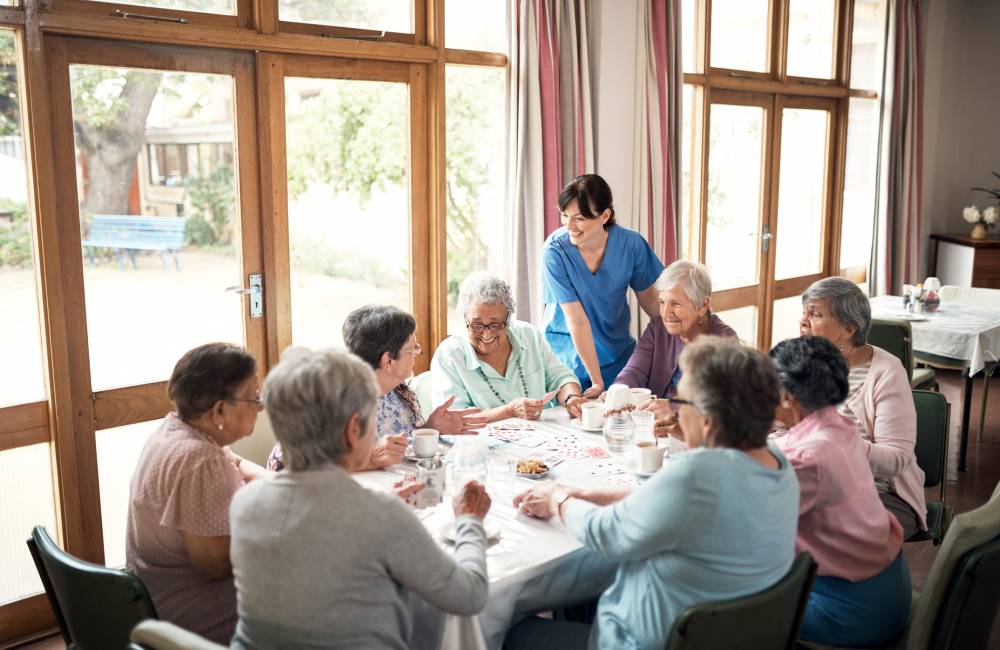
Australia is striving towards a residential aged care system that is both centred on and directed by the consumer. Consumer Directed Care (CDC) is designed to improve the quality of life of older people by supporting them to make decisions about their care and everyday routines and to have a care plan that is, where possible, directed by them. In their recent Aged Care Quality Standards (July 2019) the Australian Government has mandated the inclusion of a number of the elements of CDC in the expected model of care. RACFs still tick checklists to show they are implementing CDC. What is required is a change in culture within RACFs. RACFs need to be homes for residents and residents need to direct the type of care that is provided. This can only occur if the management, senior and on-the-floor staff of RACFs both endorse the principles of CDC as well as change the ways in which they work with residents to provide care and activities.
The introduction of CDC in Residential Aged Care Facilities (RACFs) will require service providers to change how they deliver care to residents. When adopted, organisations will need to respond rapidly in both “mind-set” and “logistics” of their service delivery. Yet the required knowledge (e.g. approach, implementation strategies, costings) is largely missing for the Australian aged care sector.
Although some RACFs have incorporated some aspects of CDC (e.g. flexible mealtimes, self-directed activities) into their approaches to care, there is no program that takes a comprehensive approach and includes all aspects of care (e.g. a daily routine of activities, meals and care that is completely directed by the resident). Our research team developed a program, the Resident at the Centre of Care (RCC) program, to train staff to implement CDC in residential aged care.
Our RCC training program consists of five, two-hour sessions and is directed at RACF managers and general staff. It has been developed to address the critical factors of shared leadership among staff, so that staff on the floor are empowered to help shape their daily routine; a work environment that promotes organisational change, so that care is centred on each resident, rather than having staff performing a single task across many residents; and the working relationship between staff and residents so that communication and listening to residents is at the centre of care. Changes in these areas drives real and sustainable change in implementing and embedding CDC in residential aged care, and so improve resident quality of life.
Changes in the work practice of staff, and the associated organisational change, require understanding and commitment at all levels of the organisation – from the staff “on the floor” through to the CEO. Unless there is “buy in” at all levels, this change in practice will not work. In facilities where this does occur, particularly where there is support from senior management and facility leaders, the CDC model of care is more likely to be effective.
Many of the problems that are currently experienced in RACFs are likely to reduce with a CDC model of care. Through improved communication, staff members will have a greater understanding of the needs of residents and will be empowered to deliver care as well as activities that meet these needs. Residents will experience improvements in their quality of life; they will experience greater levels of autonomy, a sense of competence and social connection. The improved relationship between residents and staff is also likely to reduce resident abuse in RACFs: the understanding of other that comes with shared communication is likely to lead to improvements in residents’ lives as well as the working lives of staff members and the climate of the RACF. The evaluation of our RCC program is clearly suggesting this is the case. The 12-month follow-up (that we will complete in 2020) on the effectiveness of this program will indicate if the benefits are sustained over a long period of time.